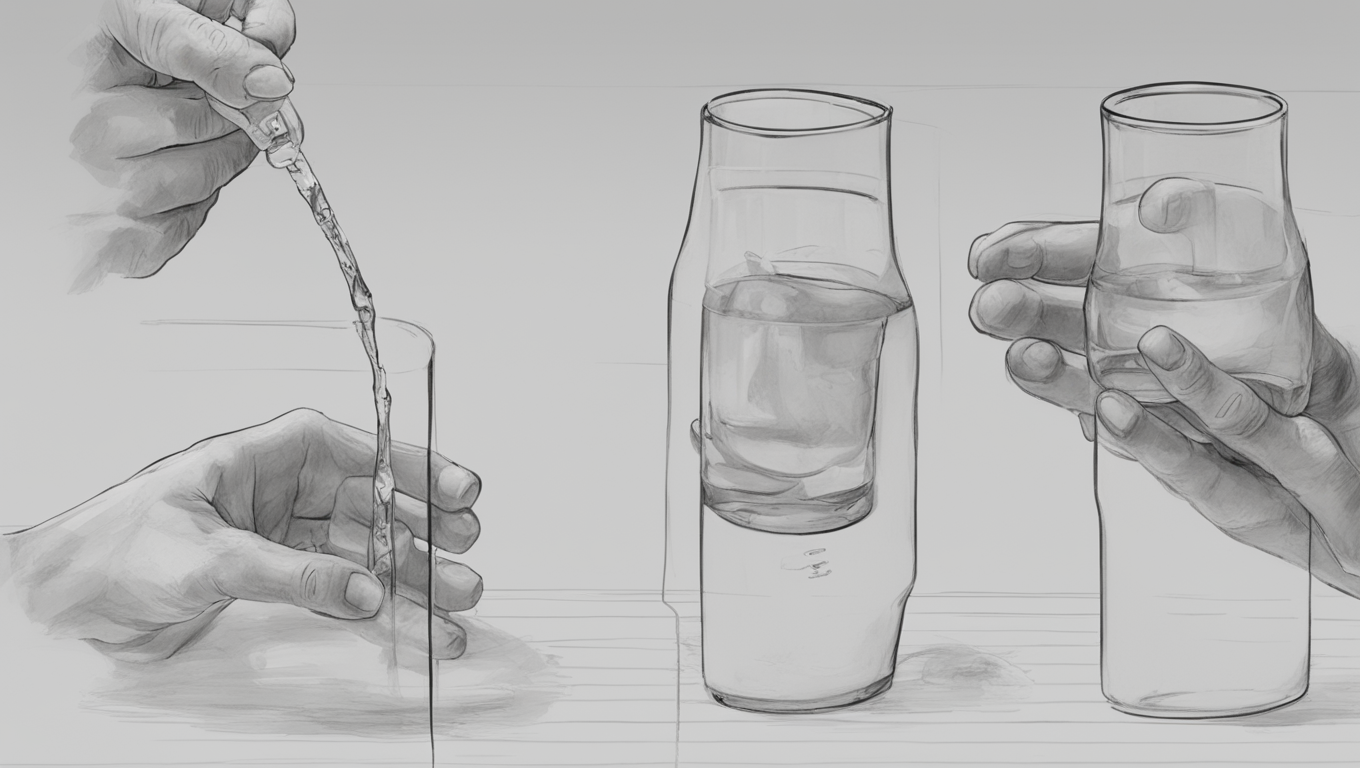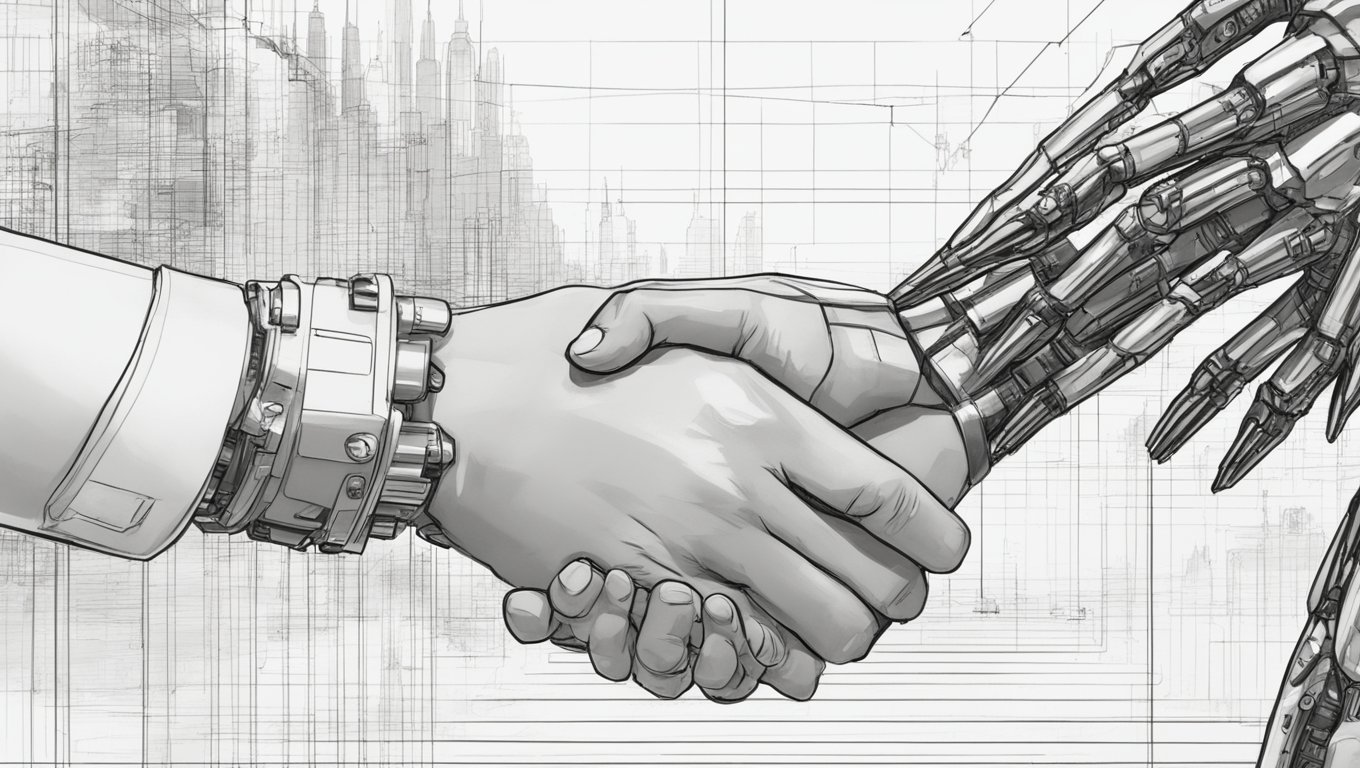Imagine losing your hand in an accident and having to live with a prosthetic limb that is clumsy, uncomfortable, and limited in functionality. This is the reality for millions of people worldwide who suffer from amputation or congenital limb deficiency. However, thanks to recent advancements in technology, a groundbreaking creation called the Mia Hand is offering a glimmer of hope for those seeking a more natural and functional solution.
The Mia Hand, developed by Prensilia, an Italian robotic hand prosthetics company, is not your typical prosthetic hand. It is a smart device that can sense the environment and adjust its grip accordingly. With the ability to perform five different types of grasps, such as pinch, power, precision, lateral, and extension, the Mia Hand covers most daily activities that require hand manipulation, providing 80% of daily movements.
What sets the Mia Hand apart is its integration of artificial intelligence (AI) to interpret the brain signals of the user and translate them into movements of the prosthesis. The AI also helps the user to feel sensations in the artificial hand, such as touch and pressure. This breakthrough technology offers a more intuitive and natural experience for individuals using the Mia Hand.
To ensure comfort and usability, the Mia Hand has a lightweight structure that fits snugly on the patient’s arm. It can be customized with different colors and skins and features a wireless charging system that allows the user to recharge the battery without removing the device. The key technology behind the Mia Hand is the Human-Machine Interface (HMI), a titanium implant inserted into the patient’s arm bone. This implant has electrodes that connect to the nerves and muscles of the residual limb, enabling bidirectional communication between the brain and the device.
Sensors on the fingertips of the Mia Hand measure the force and contact area of the object being grasped. These sensors send feedback signals to the HMI, which then stimulates the nerves of the patient, creating a sensation of touch. One remarkable benefit of the Mia Hand is its ability to help reduce phantom pain, a condition that affects many amputees. Phantom pain is when the amputee feels pain or discomfort in the missing limb, even though it is no longer there. By providing natural sensory feedback to the brain, the Mia Hand overrides the abnormal signals, alleviating phantom pain and allowing the individual to feel more connected to their body and in control of their prosthesis.
Karin, a 45-year-old farmer from Sweden, is one of the first users of the Mia Hand. She lost her left hand in a farming accident when she was 25 and had been using a conventional prosthetic hand for 20 years. Unsatisfied with the limitations of her previous device, Karin decided to try the Mia Hand after hearing about it from her doctor. After undergoing surgery to implant the HMI, Karin has been using the Mia Hand for three years and describes it as life-changing. “I feel like I have my hand back,” she said. “I can do things that I couldn’t do before, like holding a glass, typing on a keyboard, or playing with my kids. I can also feel the temperature and texture of objects, which is amazing.”
While the Mia Hand is still in the development and testing phase, it has shown promising results in clinical trials with amputee patients. Prensilia hopes to launch the Mia Hand commercially by 2025, offering a much-needed solution for individuals seeking a more natural and functional prosthetic hand.
The Mia Hand’s innovation and advancements in bionics and prosthetics may inspire further research and innovation in the field. As science and engineering continue to collaborate, we can expect more devices that enhance our abilities and restore our dignity. The Mia Hand is not only a technological marvel but also a symbol of hope for individuals who have lost their hands or fingers, offering them a chance to regain independence and improve their quality of life.





Use the share button below if you liked it.